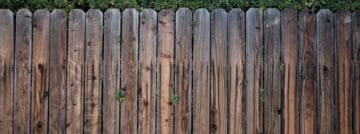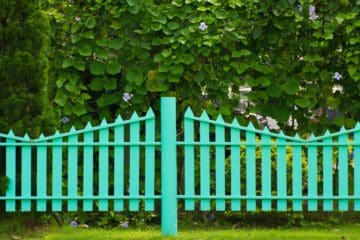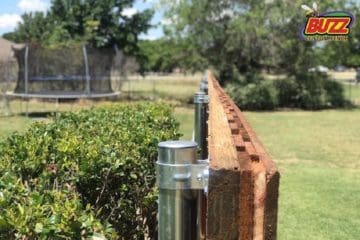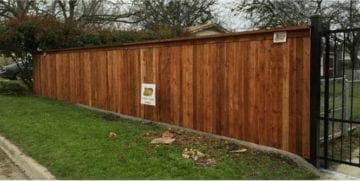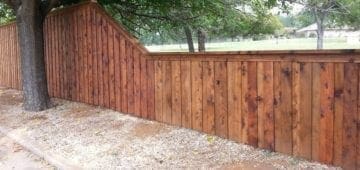A fence is only as good as the posts that hold it up. But did you know that all fence posts are not the same? They vary in type as well as material, and it’s essential to your fence’s wellbeing that you get the right type. The posts can be used for more than just holding up your fence. You can hang lights, decorate it with plants and change the color or design on it to decorate. Never thought much about fence posts? Well, welcome to our world.
Post Types
Corner Posts
Corner Posts have a responsibility of anchoring your fence so they’re usually larger and stronger than your average fence post. They are placed at 90-degree angles. They provide the most flexibility in fence installation. The holes are drilled to make the 90-degree angle at the corners.
End Posts
End Posts are named so because they mark the end of the fencing, with holes drilled only on one side. The fence extends from the side at which the holes are drilled.
Line Posts
Line Posts are used to connect straight sections of the fence. They are usually placed about 10-feet apart and have holes on either side. Although they work best in straight lines, they can be used for slight angles if the holes are enlarged.
Gate Posts
The purpose of the Gate Posts is in its name. You can use it as a corner, end or line post, depending on the requirements of the fence. It has two posts that hold the hinges and latches and may also be the terminal post of your fence. It is important to ensure that the size is apt to hold the weight of the gate.
Pull Posts
Pull Posts are usually used at staircases for fences that climb steep grades.
Fence Post Materials
As fence builders, we also carefully consider which material is best for each job. Here are our top 4 choices when building in North Texas.
Wooden Fence Post
Wooden fence posts are the most popular, especially for residential yards, and affordable. They come in a vast array of looks, including rounded or rectangular ends and they can be stained or painted for durability and aesthetics. Treating the wood can also increase its life span.

Metal Fence Post
Metal fence posts, made with durable rail steel, are stable and secure. They’re often used to affix wooden fence panels into a concrete base and are known for their longevity. *Metal fences can be found in various shapes like a Y to support a variety of wire mesh.* Coating them with anti-rust paints cuts down on maintenance needs.
Aluminum Fence Post
Aluminum fence posts are ideal for privacy. Their durability and affordability with an option to add a variety of colors and designs make them very attractive and stylish. Although more costly than wood, cost less over time as it requires little to no maintenance.
Plastic Fence Post
Plastic fence posts are simple to install and require no maintenance. It is a great eco-friendly option if the plastic is used from recycled waste.
Concrete Fence Post
Concrete fence posts are durable and have very low maintenance but do require extra work to install. Their strength and density make them compatible to work with wood or chain link fencing.
Need more information to make your choices? No problem. At Buzz, we’re here for you, and we love to talk fences. Give us a call today.

